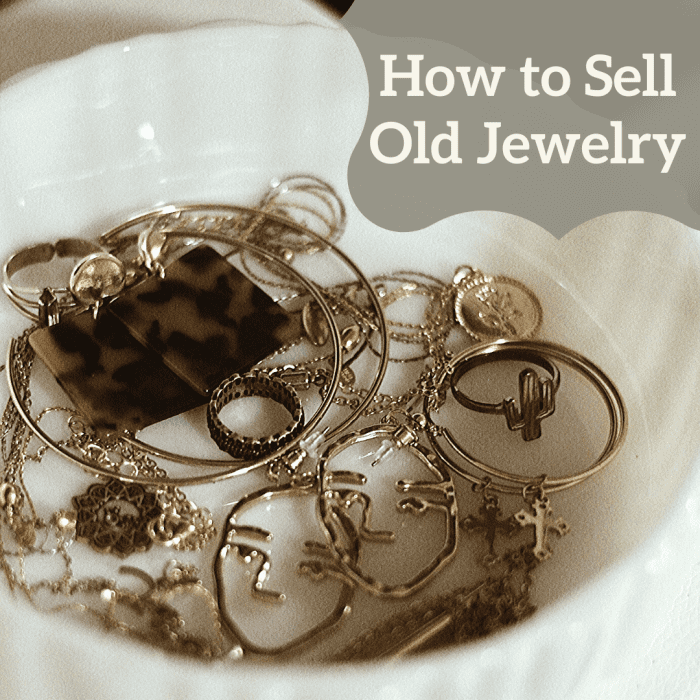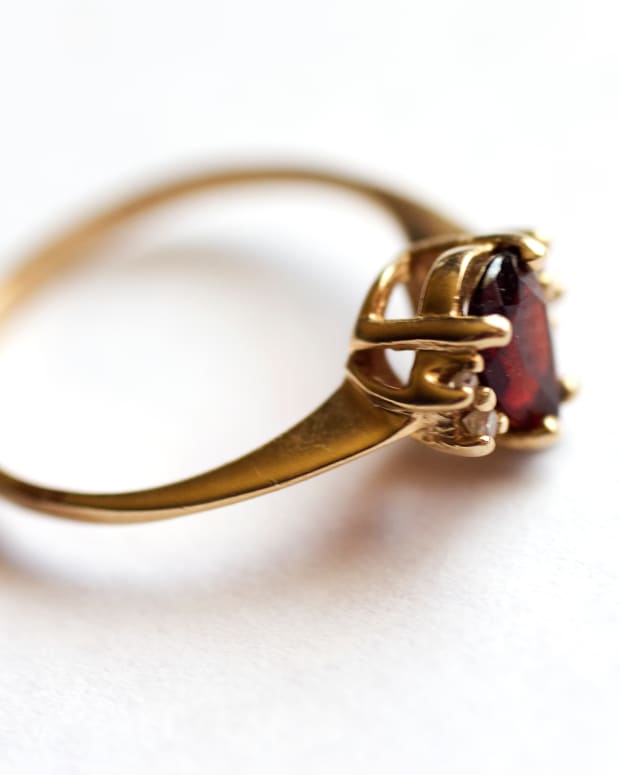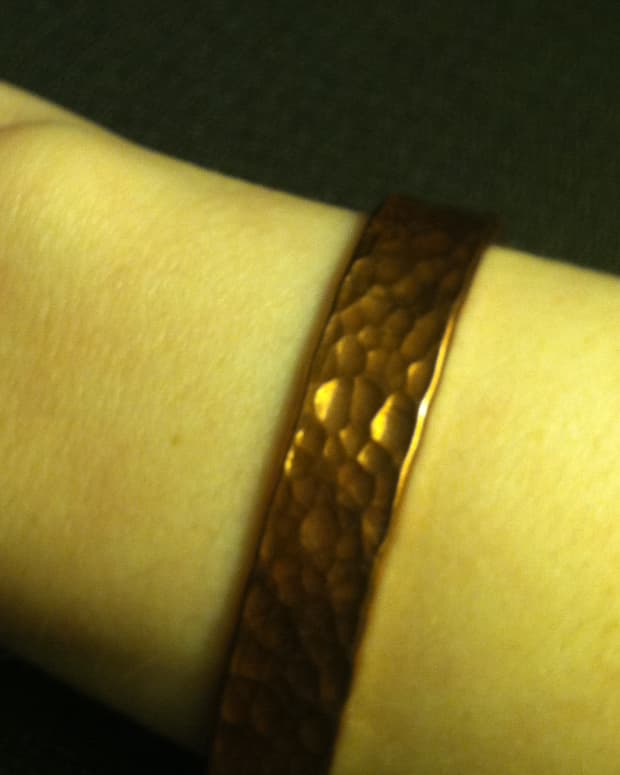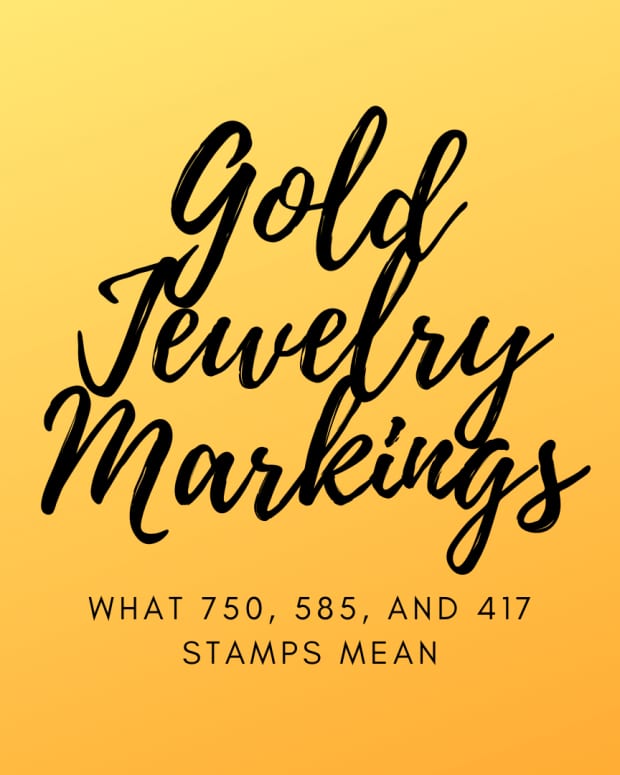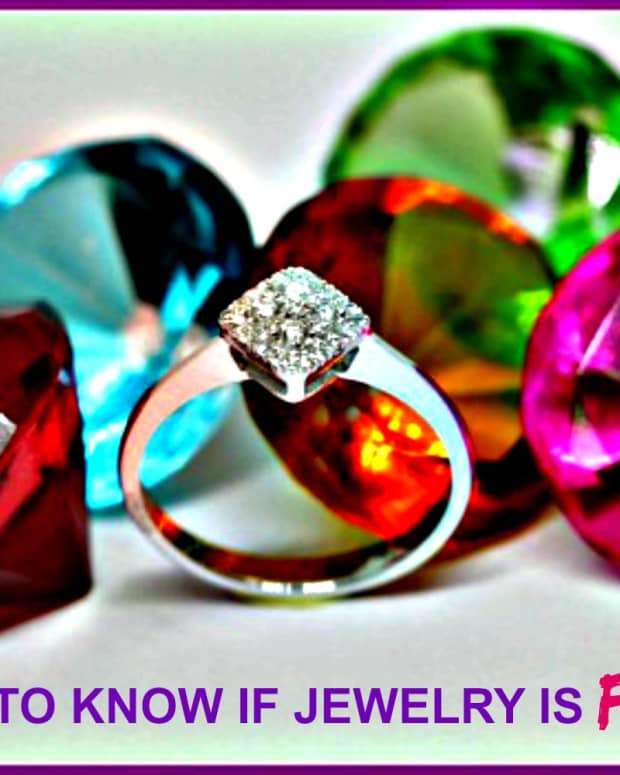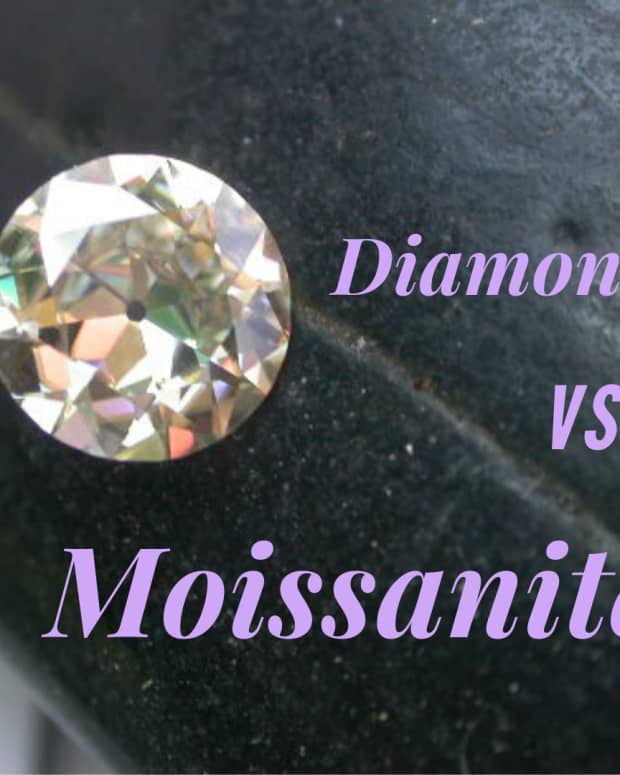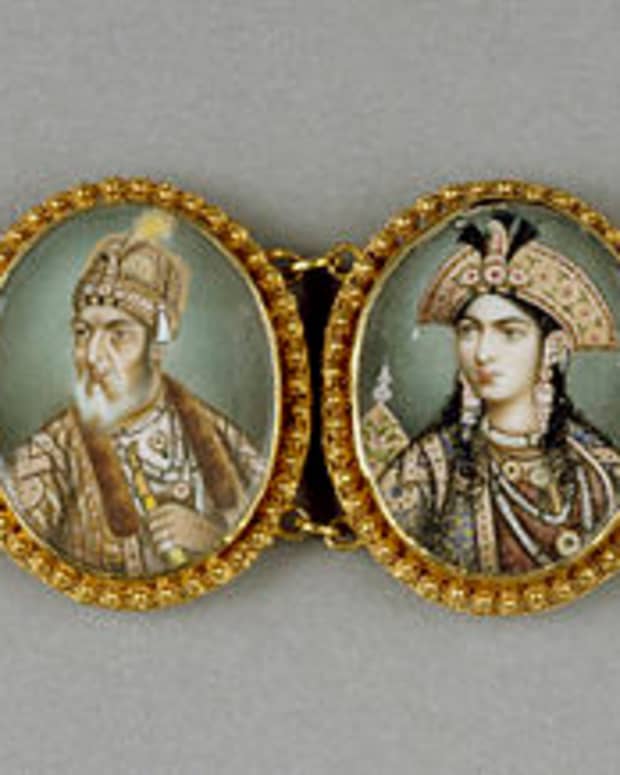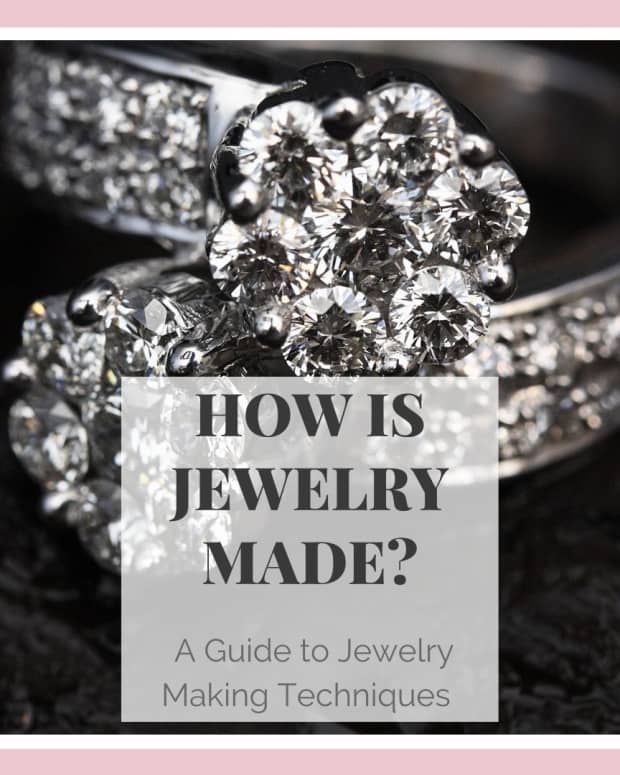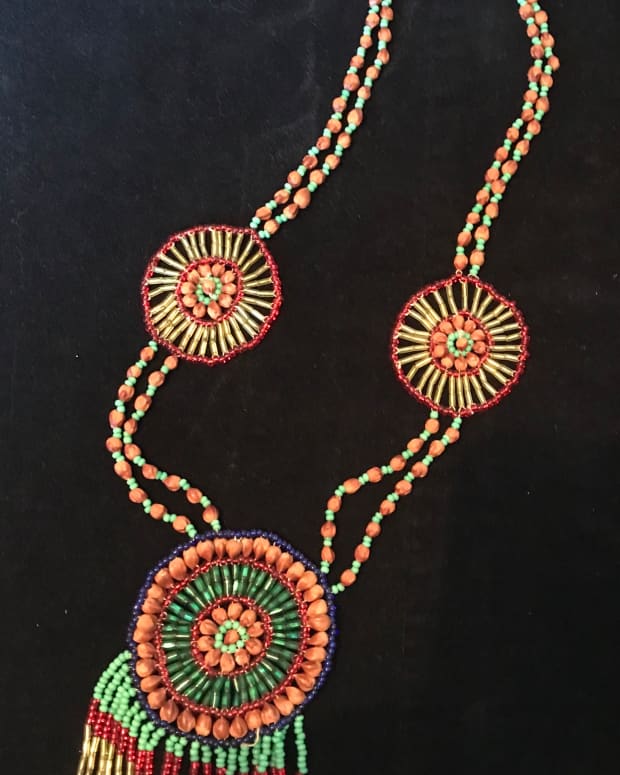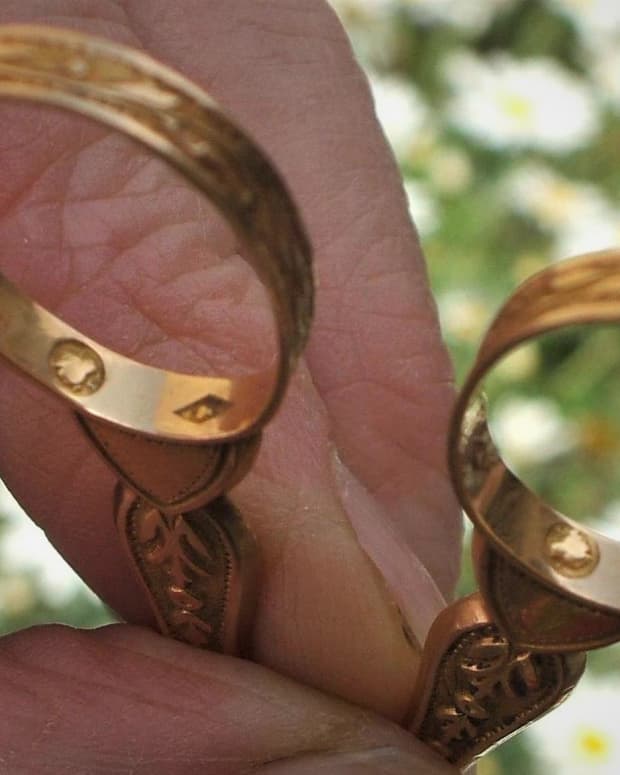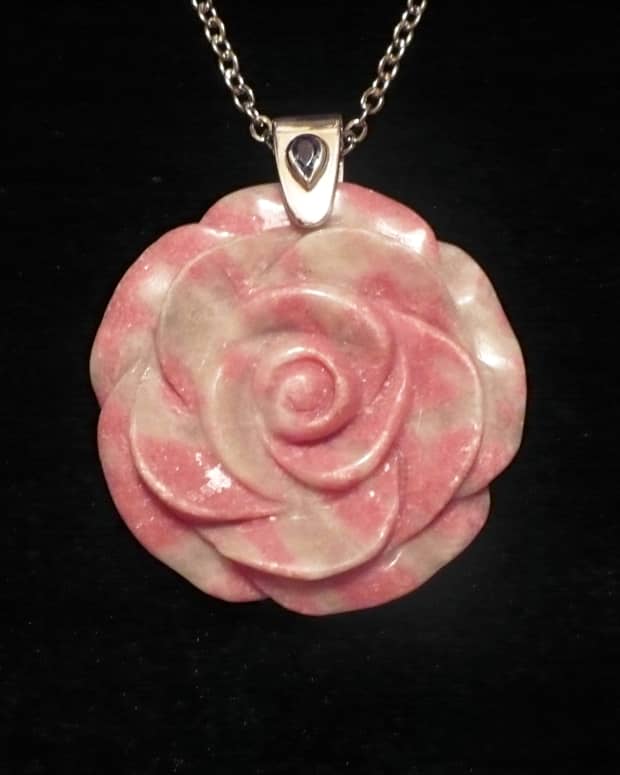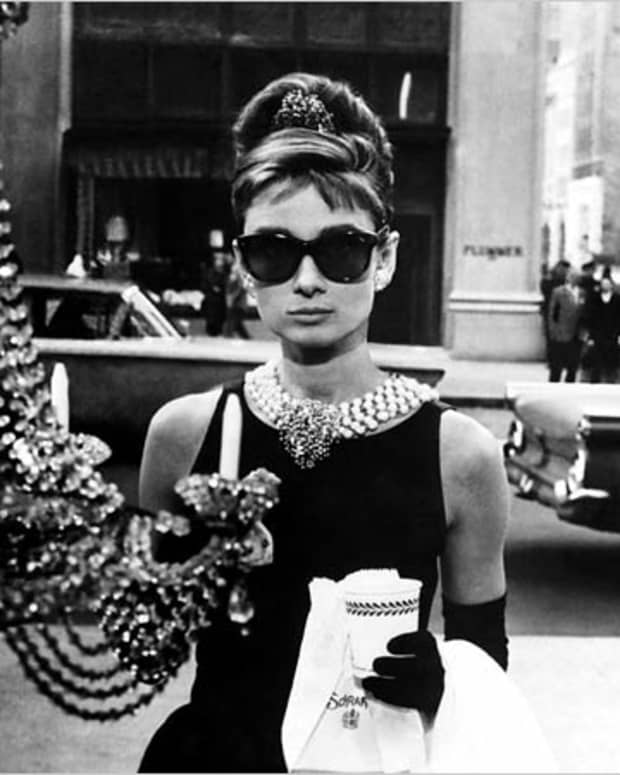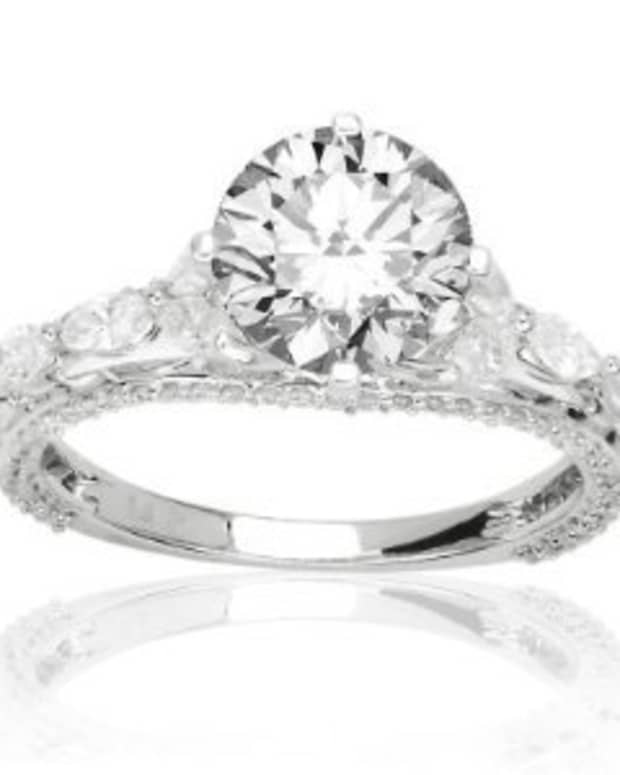Your Guide to Selling Your Old Jewelry
Andrew has been an Okie for 30 plus years. He has spent the majority of that time complaining about things.
What Is My Jewelry Worth?
You have probably, at some point in your life, come across a piece of jewelry and wondered what it was worth. It could be something you found, something you inherited, or even something you bought on a whim.
Everyone seems to understand that some jewelry can have value and some of it is worthless. It is important to understand the attributes that make each piece valuable. Learning what to look for will make it so you can sell it with confidence, knowing that you are going to be getting the best deal.
Everything you need to find out what your Jewelry is.
What a Stamp or Hallmark Means
Jewelry can be made of a variety of different materials, but most often, it's silver or gold. But just because something has a gold stamp on it doesn't mean it is pure gold or even has any gold value at all.
Most pieces will have a stamp on them. Take, for instance, a ring. A ring will usually have a stamp in tiny engraved letters on the inside of the band. This stamp is going to be your single best resource for finding out what the value of the ring is. You may need a magnifying glass to decipher what exactly it says after you have located it.
The stamp or hallmark will usually tell you a few things. It can tell you the material the band is made out of and who made it. As you can imagine, the value of your piece will depend heavily on what karat it is and, therefore, how much gold is in it. There are also other things you may want to look out for along the way. You may see some of these stamps with something else accompanying it. It is important that you learn some of the most prominent. Here a few of the different stamps you may find and what they mean.
Stamps and Hallmarks
- 925: Sterling Silver
- 10k: The ten karat stamp is the most common gold percentage and signifies that the piece is 41.7 percent gold. If you spend any significant time around jewelry, you are going to see this number over and over again. It is the industry standard for gold.
- 14k: The 14 karat stamp represents a piece that is 58.7 percent gold. 14k is also a very popular karat for jewelry. You will see this one often.
- 18k: 18 karat is 75 percent gold and represents one of the rarer stamps that you will see.
- GF, GP, GPE, GEP: This can mean gold filled or gold electroplated. These are two production methods in which the amount of gold used is greatly reduced, and therefore, the value is greatly reduced. The secondary market for items that are gold filled or electroplated is almost non-existent. These items often have almost no value.
It is important to note that if anything is marked as a higher karat gold, you need to proceed with caution. Gold is malleable and very soft. If you come across an item that is marked or advertised as 24k gold, it is important to note that it is probably 24k gold filled or gold plated, will be significantly less valuable than something that is pure gold.
Pure Gold Content Percentage by Karat
| Karat Rating | Percentage of Gold Present | Percentage of Other Metals Present |
|---|---|---|
24k | 100% | 0% |
21k | 92% | 8% |
18k | 75% | 25% |
14k | 58% | 42% |
10k | 42% | 58% |
Where to Sell Your Jewelry
You have a few options when it comes to selling your jewelry.
- Sell it online via a website like eBay or Facebook.
- Sell it to a jewelry store or pawn shop.
- Sell it through consignment at some of these places.
All of these options can be good ones, depending on the price of the item and the timeline in which you need the cash.
Read More From Bellatory
Jewelry With Gemstones
Many pieces of jewelry will also have stones set in gold or silver. These stones can vary wildly in price. Two stones that look identical to the naked eye can have small but significant differences. The value of gemstones are much more difficult to determine than gold or silver.
It is always best to get these items appraised by a jeweler who has the specialty equipment necessary to determine the overall quality and assess the value. Unless you have stones that reach into the larger sizes, your average piece of jewelry is going to maintain its worth from its precious metal.
Pawn Shop
They are on every corner in most major cities. Pawnbrokers can be a great way to get rid of unwanted items.
The pro of using a pawn shop is that you will get your money right away. You will more than likely walk in with the item and walk out with cash. As far as ease of obtaining cash, this is about the best way. You will also have the option of borrowing money against it and getting it back later if that is something that interests you. However, there are some pretty serious downsides.
The cons of using a pawn shop are that you aren't going to get what it is worth, and the amount you get can vary wildly from shop to shop. There is absolutely no obligation to sell, so it doesn't hurt to walk into a local shop and see how much they would offer you.
Selling Jewelry Online
You always have the option of selling an item via Facebook marketplace or on eBay. These are probably the places you are going to get the most money. The problem is that you are going to have to deal with inquiries about the item yourself, and it may take some time to sell it. You may also have a large number of people who give you offers significantly lower than the asking price.
The process of selling things online can be tiring, but if you have the time and patience, it is often the best way to make the most money. With services like eBay, you need to be careful that you don't get scammed. Use common sense when it comes to offers you receive.
Consignment
Many pawn shops and jewelry stores will offer to sell your items for you, but they take a cut. This is called consignment. This process can take a long time, but it will usually result in more money in your pocket. Additionally, when using this method of selling, you won't be responsible for answering questions and taking the time to show the piece like you would if you were selling it yourself. The shop that sells an item for you will take a cut, often as high as 40 percent.
You need to have a conversation with whatever shop you go with about your expectations of how much you want for the item. This is the time to be stern and clearly state the minimum you are willing to take for the item.
Gold Melters
If the item you have derives the majority of its value from its silver or gold content, then you could look into taking it to a gold buyer. These businesses are designed to buy gold from the public to be melted down and sold elsewhere or in different forms. This can be another valuable asset in your journey to sell your jewelry.
Like a pawn shop, they are going to be able to give you cash fast. Almost always the same day, and usually within minutes. This is a good option if your timeline of needing money doesn't allow for selling it yourself or using a store to sell via consignment.
These places, however, are not going to give you much, if anything, for any stones associated with your piece. So if it is all gold, this may be a great option. But if your item derives much of its value from the gemstones, it's not the best option for you.
Carefully Choose Where You Sell Your Jewelry
Selling your old stuff can be a headache. If you take the necessary steps and view all your options, you can be sure you are getting the best deal.
Don't be afraid to go to multiple stores and hear several different offers before making your decision. Never go with the first offer, always check around. It will only cost you time, and you could end up netting significantly more.
I always recommend people clean their items before they sell them. These are wipes I have found worked very well during my time in the business.
This content is accurate and true to the best of the author’s knowledge and is not meant to substitute for formal and individualized advice from a qualified professional.

